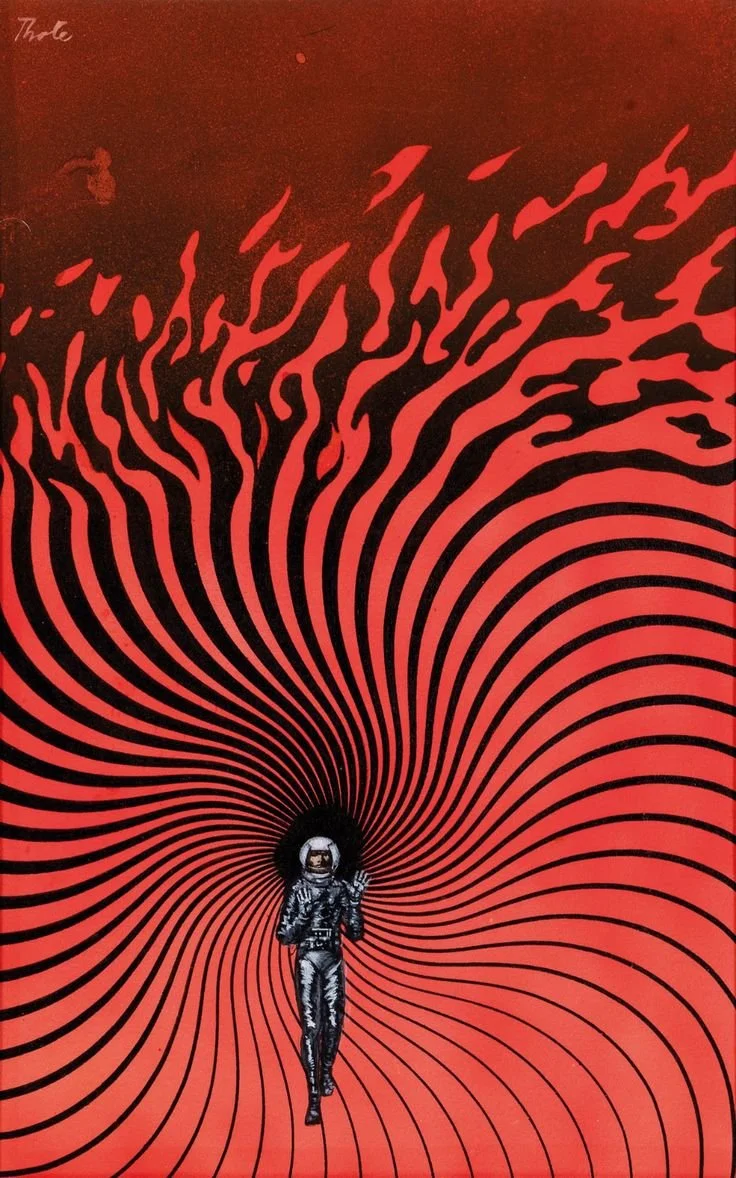Karel Thole
The Visionary Illustrator Who Redefined Science Fiction Art
Karel Thole was a Dutch illustrator renowned for his visionary and often unsettling science fiction artwork. In the 1960s, he moved to Milan, Italy, where he began a fruitful collaboration with the publishing house Mondadori. It was here that Thole rose to prominence, primarily through his captivating cover art for the science fiction series "Urania." For 25 years, this series became the canvas for his boundless graphic inventions.
A Shift from Realism to the Grotesque
The cover art of Thole's predecessors, Kurt Caesar and Carlo Jacono, leaned heavily towards realism and scientific naturalism. Planets were depicted as recognizable celestial bodies (the Moon, Jupiter, Saturn), and spaceships resembled NASA prototypes. However, Thole ushered in a new era, unleashing his unrestrained imagination, filled with both awe and unease. Interestingly, Thole was unfamiliar with science fiction when he created his first cover. Yet, his work undeniably marked a watershed moment in the genre.
Thole's Unique Style
Karel Thole's stylistic vision of science fiction was characterized by grotesque figures, alien monsters, disembodied eyes, checkerboard patterns, and female faces split in half, seemingly symbolizing the dichotomy between good (human) and evil (alien). His approach was never predictable, and he subtly incorporated elements of refined eroticism into his work.
Beyond Urania: A Global Impact
In addition to his work for "Urania," Thole contributed to European and American publishing houses. Notably, his cover art for Howard Fast's "The General Zapped an Angel," published by Ace Books, stands as one of his most iconic creations. The image of a colossal face half-submerged in a red sea served as inspiration for scenes in Hideaki Anno's anime film "The End of Evangelion."



